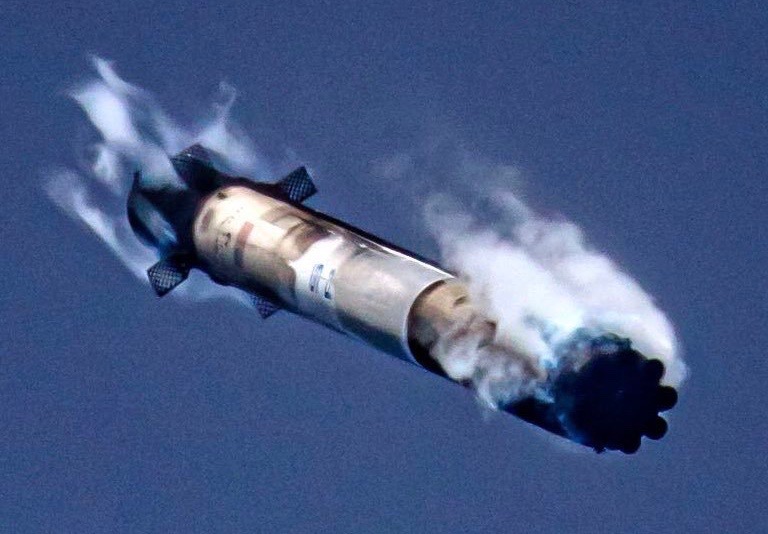Maybe you've gotten a bit blasé about rocket landings. SpaceX has pulled off more than 40 of them during orbital launches, after all, and Blue Origin has done it 10 times on test flights of its New Shepard suborbital vehicle.
But returning from space, barreling through Earth's thick atmosphere and ultimately settling gently onto a tiny landing pad is still a jaw-dropping achievement, as a newly released video makes very clear.
The video shows the first stage of SpaceX's two-stage Falcon 9 rocket coming home after launching the company's robotic Dragon capsule on a cargo run to the International Space Station (ISS) on Thursday (July 25).
We see the dramatic downward journey, which generated two separate sonic booms, from four different angles — including a rocket's-eye view, courtesy of a camera aboard the booster.

"Falcon rocket reentry from space with double sonic booms," SpaceX founder and CEO Elon Musk said Sunday (July 28) via Twitter, where he posted the video.
This was the second landing for this particular Falcon 9 first stage; it participated in another ISS cargo launch in May. And Thursday's liftoff was the record-setting third for this particular Dragon, which also visited the orbiting lab in April 2015 and December 2017.
Such reuse is a big part of Musk's vision. The billionaire entrepreneur wants to cut the cost of spaceflight dramatically, making Mars colonization and other ambitious exploration feats economically feasible. Blue Origin, which is run by Amazon.com founder Jeff Bezos, is working toward the same broad goal.
Get the Space.com Newsletter
Breaking space news, the latest updates on rocket launches, skywatching events and more!
Dragon arrived at the ISS on its latest run Saturday (July 27), delivering more than 5,000 lbs. (2,270 kilograms) of supplies and equipment. About half of that mass is science gear, which will enable ISS crewmembers to perform dozens of additional experiments over the coming weeks and months, NASA officials said.
The capsule will stay attached to the ISS for about a month, then come back to Earth for a soft splashdown in the Pacific Ocean.
- How SpaceX's Dragon Space Capsule Works (Infographic)
- SpaceX's Amazing Dragon CRS-17 NASA Cargo Launch (and Landing!) in Photos
- SpaceX: First Private Flights to Space Station
Editor's note: The original headline of this story, "Watch SpaceX Rocket Break Sound Barrier Twice and Land in This Amazing Video," was inacurrate. The Falcon 9 first stage only broke the sound barrier once as it decelerated; double sonic booms were generated because shock waves formed at both the vehicle's nose and tail.
Mike Wall's book about the search for alien life, "Out There" (Grand Central Publishing, 2018; illustrated by Karl Tate), is out now. Follow him on Twitter @michaeldwall. Follow us on Twitter @Spacedotcom or Facebook.
Join our Space Forums to keep talking space on the latest missions, night sky and more! And if you have a news tip, correction or comment, let us know at: community@space.com.

Michael Wall is a Senior Space Writer with Space.com and joined the team in 2010. He primarily covers exoplanets, spaceflight and military space, but has been known to dabble in the space art beat. His book about the search for alien life, "Out There," was published on Nov. 13, 2018. Before becoming a science writer, Michael worked as a herpetologist and wildlife biologist. He has a Ph.D. in evolutionary biology from the University of Sydney, Australia, a bachelor's degree from the University of Arizona, and a graduate certificate in science writing from the University of California, Santa Cruz. To find out what his latest project is, you can follow Michael on Twitter.









